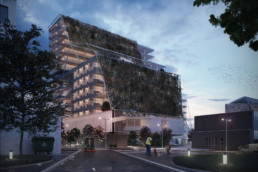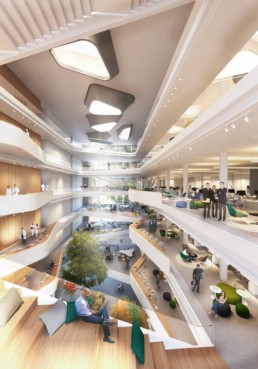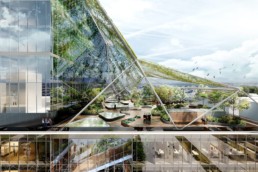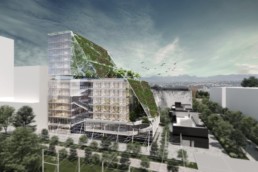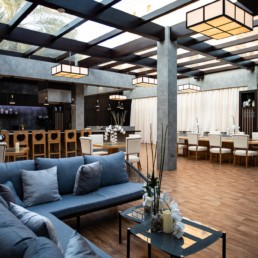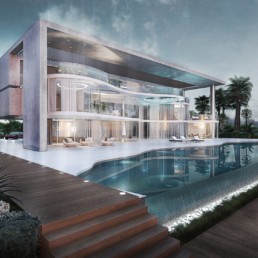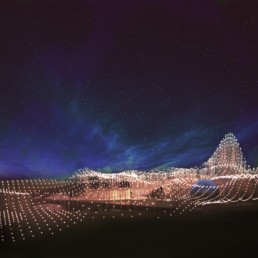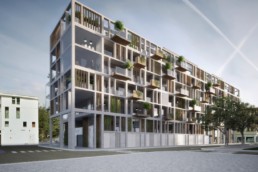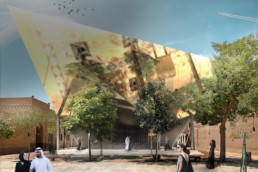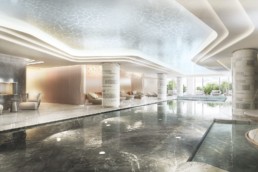Milan, Italy
Human Technopole
Year: 2019
Client: Arexpo SPA
Area: 35.000 sqm
Status: Competition
Design: Studio Costa Architecture
CDO: A. Costa
Design Director: L. Rocchi
Project Leader: D. Giambelli
Design Team: L. Geusa, C. Tambasco, C. Ferri
Visualizer: G. Guarino, G. Petito
Visual Artist: M. Pace
Landscape: DODI MOSS
Laboratories Strategy: AE7
Structure: IDEAS
MEP & Construction Cost: ALCOTEC SRL
Milan, Italy
Human Technopole
Year: 2019
Client: Arexpo SPA
Area: 35.000 sqm
Status: Competition
Design: Studio Costa Architecture
CDO: A. Costa
Design Director: L. Rocchi
Project Leader: D. Giambelli
Design Team: L. Geusa, C. Tambasco, C. Ferri
Visualizer: G. Guarino, G. Petito
Visual Artist: M. Pace
Landscape: DODI MOSS
Laboratories Strategy: AE7
Structure: IDEAS
MEP & Construction Cost: ALCOTEC SRL
The design concept of the Human Technopole (HT) in Italy was governed by the changing settings of research laboratories and the growing need for flexibility. Dynamic spaces, adaptable over time and above all the constant demand for places to collaborate and share ideas have been the basis from which to define a home for scientific research. Architecturally, the concept comes to life from the union of three elements:
the creation of a common ground, a permeable space in which places of social aggregation, open not only to new HT workers and researchers but also to their families, visitors and students; a building composed of two parallel volumes that dialogue through a full-height space, the innovation hub, hi-tech glass case, connective node and flexible space for sharing ideas, research and study; the bioclimatic green blanket.
The innovation hub is the heart of the project: it guarantees dialogue and connection between the two volumes hosting the key functions of research, laboratories and offices, which, although spatially separated, communicate through this fluid and flexible element, becoming itself a place where research is done. The volumes are pure objects, enclosed in a shiny curtain wall skin; essential, but defined sculpturally by the brilliant, mirror-like material that dialogues with the urban context and contemporary Milanese architecture. The green blanket is nature, it is lightness, it is technologically bold. Functionally necessary for bioclimatic and energetic aspects, as well as a filter for daylight, this structure delicately envelops the building characterizing it in a unique and unequivocal way. It lies on the open space on the ground floor, connecting the various levels of public space, the ground floor and the roof garden of the building, generating that seamless transition between indoor and outdoor spaces in a continuous osmosis of functions, places, people.
